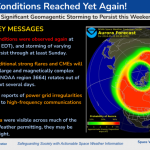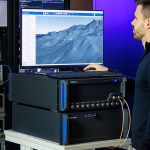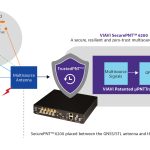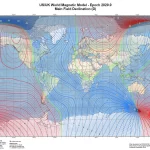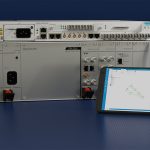MerlinTPS Partners with Bluespec to Provide GPS Augmentation Without Satellites
MerlinTPS, a provider of of Terrestrial Positioning Systems, has announced a partnership with Bluespec, to address the need for GNSS-augmentation and backup technology as satellites continue to face new challenges, including wartime contested space as well as increased costs to produce and maintain satellites.
By Inside GNSS

